Description and characteristics of the Annona montana tree.
Origin, Distribution, and Names it Receives.
Uses and Benefits of Annona montana.
Requirements for Healthy Growth.
Many of us are familiar with the excellent taste of cherimoya, sugar apple, or atemoya, the latter being a hybrid created from the two former fruits. I’ve read on various online sites, and I’m sure you have too, about the miraculous properties of soursop to combat cancer and other diseases, either by using fruit or brewing tea with the leaves. Well, the ones I just mentioned are some of the most popular fruits in the Annonaceae family. Due to their characteristics, they have earned a place in the world of exotic fruits, which has led them to be known beyond their natural habitat and cultivated by many tropical fruit lovers in their orchards. So far, so good.
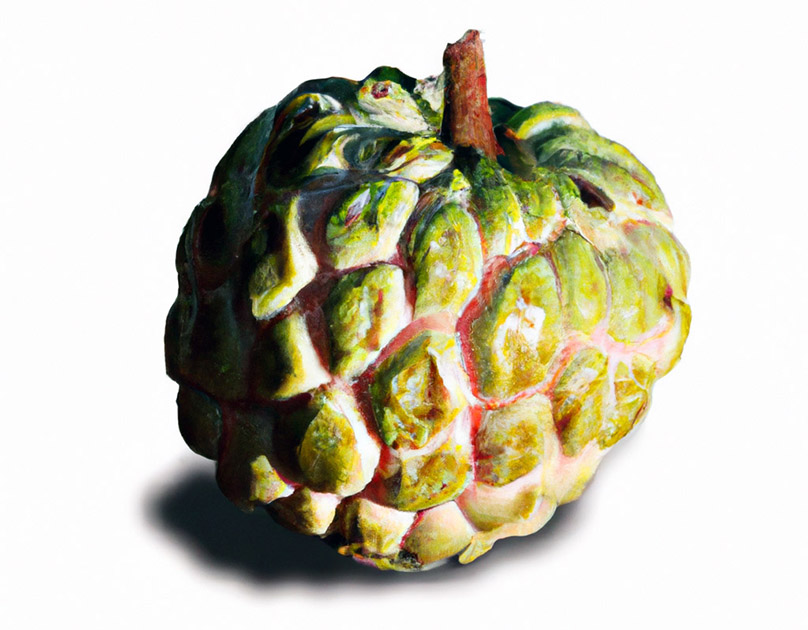
However, don’t think these are the only fruits. This family is comprised of many more plants, honestly more than you can imagine, that produce fruits very similar to the ones we mentioned. Sometimes, due to taste, the plant’s characteristics adapt to new conditions, or simply bad luck, they have received little or no attention outside of their place of origin.
Recently, I found for sale by a local vendor here in Florida a new fruit that piqued my curiosity and led me to research it further. Its scientific name being Annona montana, and it’s the topic I want to discuss with you today in this post.
Description and characteristics of the Annona montana tree.
The tree is very similar to that of the soursop, mainly differing in its more open canopy and resistance to low temperatures. To give you an idea, fully developed trees can withstand temperatures as low as 24 degrees Fahrenheit (-4 degrees Celsius) for several hours. This gives it the ability to grow in subtropical areas, where temperatures can drop close to freezing on some nights of the year.
As for the fruit, externally it resembles the cherimoya, but is slightly more rounded. Internally, it is closer to the soursop, and the aroma of both when ripe is very similar. However, the taste and texture of the Annona montana are inferior. The pulp, being more fibrous, differs from the creamy interior of the soursop. Upon tasting it, it is more acidic and has less flavor, which is why many describe it as a somewhat unpleasant fruit.
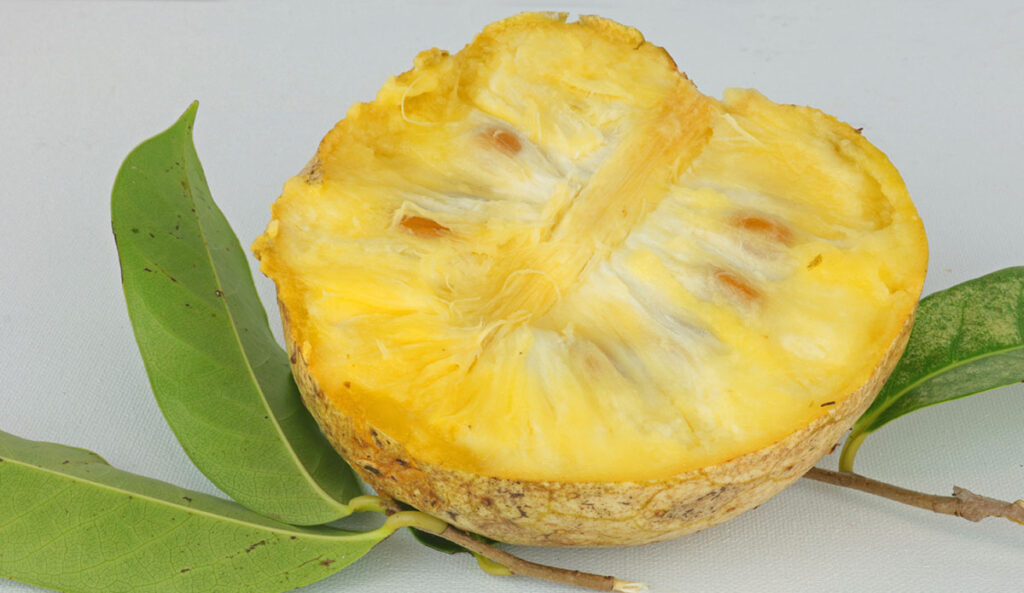
Because it’s not very appealing to some, it hasn’t become popular outside of its places of origin. Consequently, its cultivation isn’t widespread and is mostly limited to trees that grow naturally in forests. Most of the time, plants obtained from seeds are used as rootstocks to graft other types of fruits from the Annonaceae family onto them.
However, despite its less popular taste, we shouldn’t underestimate it. When I got this fruit for the first time and brought it home, opinions were divided among those who tasted it. It’s clear that everyone has a different concept of flavors.
Origin, Distribution, and Names it Receives.
The Annona montana, also known as wild soursop, is a species of plant primarily found in Central America and South America. Its natural distribution covers various tropical and subtropical regions. Here’s a detailed description of its distribution:
Central America: The Annona montana is found in countries of Central America such as Mexico, Belize, Guatemala, Honduras, El Salvador, Nicaragua, Costa Rica, and Panama. In these regions, the plant grows in tropical and subtropical habitats, such as jungles, moist forests, and transition zones between jungles and savannas.
South America: The wild soursop is also found in several countries of South America, including Colombia, Venezuela, Ecuador, Peru, Brazil, Guyana, Suriname, and Bolivia. In these areas, it typically grows in moist forests and jungle regions.
Caribbean Islands: In addition to its presence on the continent, the Annona montana can also be found on some Caribbean islands, such as Trinidad and Tobago.

It’s important to note that the distribution of this tree may vary depending on climatic conditions and specific habitats within these regions. The plant prefers warm and humid climates and adapts well to tropical and subtropical environments with regular rainfall.
Due to its habitat being spread across several countries, it has received different local names. Here are the most common ones: wild soursop, dog soursop, mountain soursop in Spanish-speaking countries; mountain soursop and wild soursop in the United States, and corossol zombi in Haiti.
Uses and Benefits of Annona montana.
Regarding the nutritional and health benefits of this fruit, it’s not easy to find many articles in books or online that scientifically support the benefits of this tree and its fruits. Compared to the vast number of studies on the most popular fruits of the Annonaceae family, studies on the wild soursop are scarce. However, we know that native people of the Caribbean islands and South America frequently use different parts of the plant in their traditional medicine: the leaves, roots, bark, fruit, or seeds are prepared in various ways to treat various diseases, including inflammation, cough, asthma, bronchitis, intestinal parasites, high blood pressure, and diabetes.
Regarding the relationship between wild soursop and its potential to cure cancer, nothing has been scientifically proven yet. However, many studies suggest that, like soursop, this plant contains compounds that have the strength to kill cancer cells. More research and time are needed to reach a conclusion.
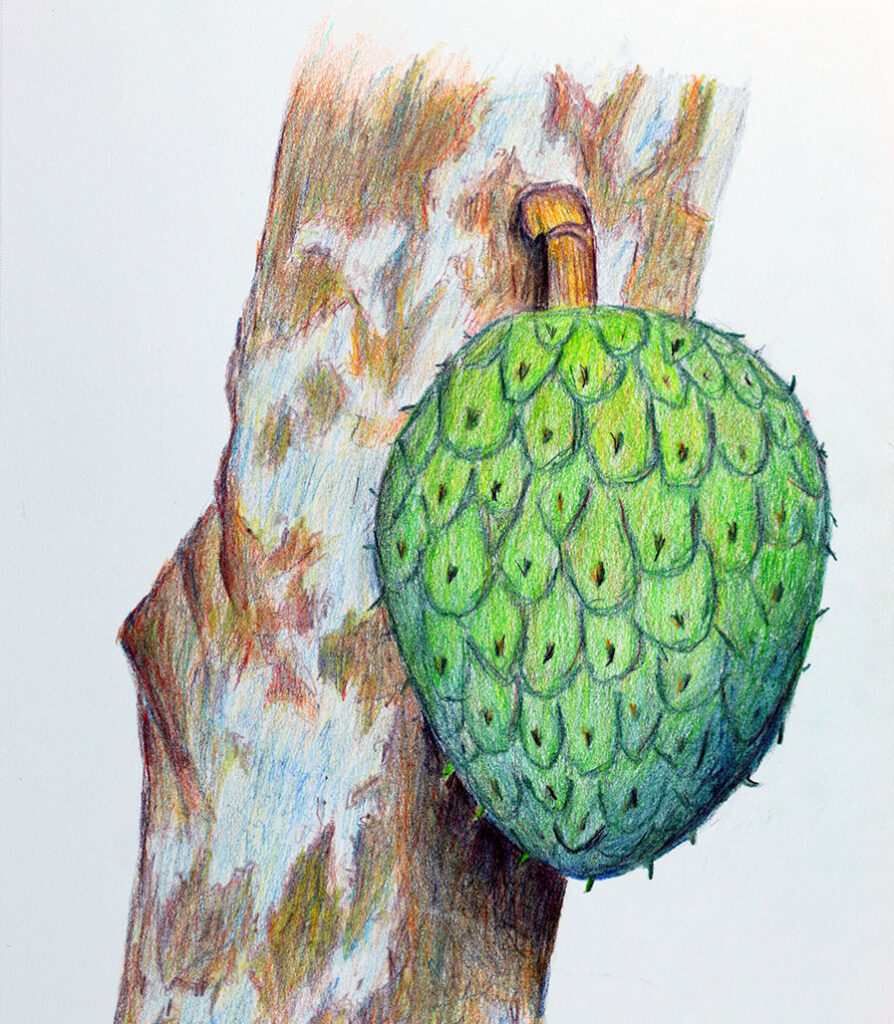
Requirements for Healthy Growth.
For an Annona montana tree to grow healthily, it’s essential to provide the appropriate conditions of soil, light, and water. Here are the basic requirements for its optimal growth:
-Soil:
Texture: The wild soursop prefers well-drained and fertile soils. It tolerates a variety of soil textures, from sandy to clayey, but thrives best in loamy or slightly clayey soils.
pH: The optimal soil pH range is between 6.0 and 7.5, indicating slightly acidic to neutral soil. Extreme acidic or alkaline soil can negatively affect its growth.
Organic Matter: Enriching the soil with organic matter, such as compost, can improve fertility and moisture retention.
-Light:
Sun Exposure: The wild soursop prefers full sun. It should receive at least 6-8 hours of direct sunlight per day for healthy growth and proper fruiting. Sunlight is essential for photosynthesis and the development of quality fruits.
-Water:
Watering: This tree needs regular watering to keep the soil evenly moist during the growing season. However, it’s important to avoid waterlogging, as roots can rot in excessively wet soil.
Dry Season: During the dry season or periods of drought, it’s crucial to increase watering to maintain soil moisture. Providing enough water is especially important when the tree is in the flowering and fruiting stage.
-Drainage:
Good soil drainage is essential to avoid waterlogging problems that can damage the roots. If the soil is heavy or tends to retain water, drainage can be improved by adding organic matter and ensuring that water does not accumulate around the roots.
-Climate:
The wild soursop thrives in tropical and subtropical climates with warm temperatures throughout the year. It is sensitive to frost, so it is not suitable for regions with very cold winters.
-Fertilization:
Proper fertilization can be beneficial for growth and fruiting. Balanced fertilizers with essential macro and micronutrients can be applied following specific recommendations for Annona montana.
In summary, providing well-drained soil, adequate sunlight, and appropriate watering are key factors for the healthy growth of this plant. Additionally, keep in mind that needs may vary depending on the climatic conditions and specific geographical location.
Propagation Methods.
This tree can be propagated through various methods. Here are some of the most common propagation methods for this plant:
-Seeds:
Propagation from seeds is one of the most used methods. The seeds are extracted from ripe fruits and sown in suitable soil or substrate.
Before planting, it is advisable to wash the seeds and let them dry in the sun for a day to remove the pulp.
The seeds will germinate in a few weeks to several months, depending on temperature and humidity conditions. Once the seedlings reach a suitable size, they can be transplanted to their final location.
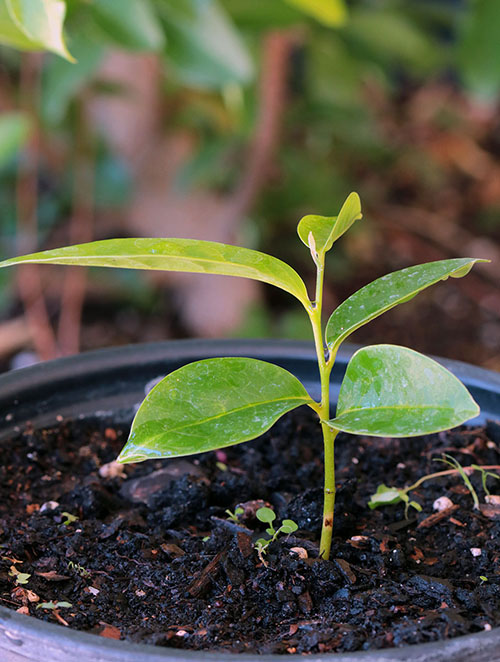
-Cuttings:
Cuttings are also used for propagation. They can be taken from young branches during the growing season.
The cuttings should have at least a few nodes and leaves. They can be treated with rooting hormones to increase the chances of success.
The cuttings are planted in soil or substrate and kept in high humidity conditions until they develop roots and can be transplanted.
-Air Layering:
Air layering is a propagation method that involves rooting a portion of a branch without completely separating it from the parent plant.
An appropriate branch is selected, and an incision or cut is made on it. Then, damp substrate is placed around the incision, and it is wrapped with plastic to maintain humidity.
When the roots have developed sufficiently, the new plant can be cut and transplanted.
-Grafting:
Grafting is another propagation method used for wild soursop. It can be useful for reproducing specific varieties of the plant.
A cut is made in the mother plant, and a piece of a selected plant with desired characteristics is grafted onto it.
This method typically requires experience in grafting techniques and can be more complicated than other propagation methods.
The choice of propagation method will depend on the availability of materials and your skills and personal preferences. Each method has its own advantages and challenges, so it’s important to research and select the one that best suits your needs and local conditions.
Well, after reading some online articles about this fruit and having the chance to experience its taste myself, I’ve decided that growing it in my backyard is an excellent option. Perhaps the flavor isn’t as spectacular as that of other fruits; however, there’s the possibility of enhancing it through the creation of smoothies, sweets, etc. The seeds I obtained from the fruits I bought have already germinated, and hopefully, before long, I’ll be able to harvest my first fruits.
I invite you, if like me, you’re a lover of exotic tropical fruits and have the space and conditions in your backyard, to add an Annona montana tree to your collection. Or if you’ve already tried the fruit or are somehow connected to this type of tree, I would appreciate it if you shared your personal experience and everything you know about this fruit through a comment.

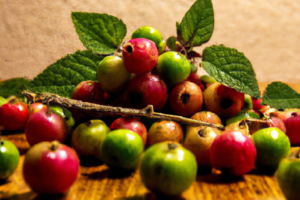

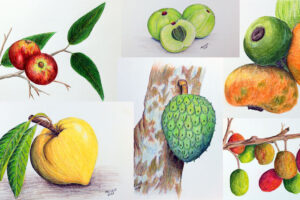
Leave a Reply
Your email is safe with us.